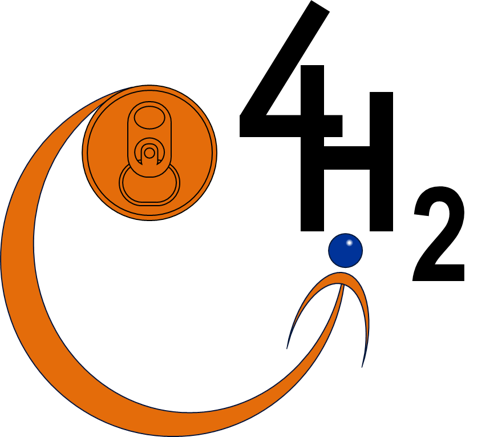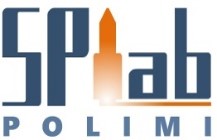
ACRONYM:
C4H2
TARGET:
The project “Cans for Hydrogen” has two main objectives:
C4H2 aims to obtain hydrogen with an approach safe for both humans and the environment, and with a particular attention to the circular economy.
STATUS:
Active
DESCRIPTION:
Hydrogen is a substance which is difficult to store and transport. However, several strategies can be employed to produce it. One of the possible approach consists in promoting an oxidation reaction between water and some metals (e.g. aluminum) to obtain harmless products like alumina and aluminum hydroxide. If these metals are recovered from industrial wastes or cans, this production method can contribute in reducing the pollution.
On this basis and in the framework of the project C4H2, ReActive – Powder Technology wants to develop a family of metal powders capable to generate hydrogen at a controlled rate when immersed in water or in a water-based solution. These powders are produced using the NHEMA methodology and do not contain harmful substances both before and after the reaction with water. The residues can be recovered and used in other fields as, for example, flame retardants or biocidal substances.
The device will be modular and will haven several sizes depending on the specific application. The biggest versions will be able to supply an extra range of (at least) 30 km at minimum 30 km/h to a hydrogen vehicle. After use, the device can be regenerated introducing a new charge of powder.
APPLICATIONS:
Hydrogen generation in case of emergency.
PARTNER:

Space Propulsion Laboratory
Politecnico di Milano